A Home For Your Dog
This article highlights the location and home features to consider when looking for a new place for you and your dog.
Realtyless
6 minute read

A Home For Your Dog
When searching for a new place to call home, you want to feel confident the house is the perfect place for you and your pet. This article highlights the location and home features to consider when looking for a new place for you and your dog.
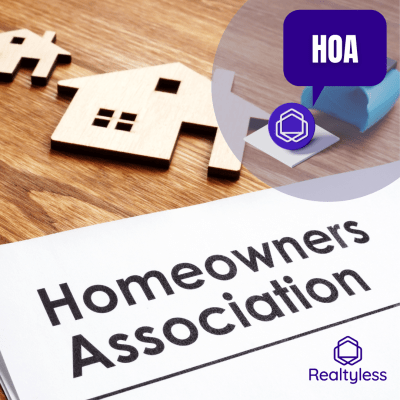
HOA Regulations
Many homes are part of a Homeowners Association (HOA) which may include specific bylaws or rules for dogs.
Some common HOA rules regarding dogs include:
- Prohibited breeds of dogs.
- Restrictions on the size of dogs.
- Restrictions on the number of dogs per household.
- Yard structures (information about fences including types of prohibited fences or fence height regulations).
- Spay or neuter guidelines.
You may want to talk to the homeowner about the home’s HOA status. If the home is part of an HOA, ask for a copy of the Bylaws as well as the Covenants, Conditions, and Restrictions (often referred to as CC&Rs). Look through the paperwork for information pertaining to pets. HOA rules could be a deal-breaker for pet owners so make sure to read the documents carefully.
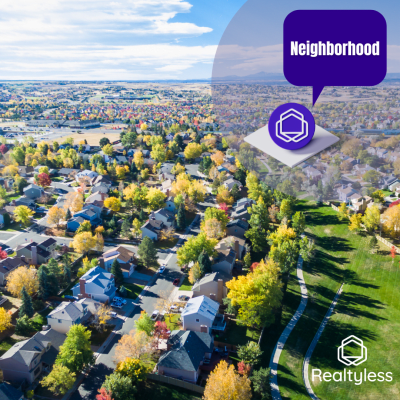
Neighborhood
Consider the neighborhood characteristics when looking at homes. The neighborhood can have an impact on your daily life and routine with your dog.
- Look for sidewalks and routes to take your dog for walks.
- Determine how busy the street is and check the speed limit.
- Inquire if neighbors have dogs or other pets that are frequently left outside.
- Ask about wildlife in the area that could pose a threat to your dog.
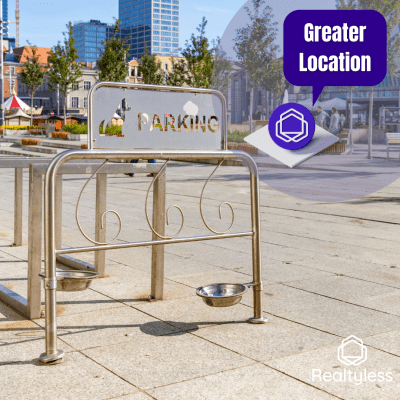
Greater Location
Location plays an important role when deciding on a home. Consider the location in relation to places you commonly bring your dog.
- Consider if the city is dog friendly. Are there outdoor restaurants, seating, and events you can take your dog to?
- Check out the vets in the area and calculate the drive time from the house. Consider the distance to a local animal hospital in case of emergencies.
- Find the local dog parks. Consider how busy they are and the distance away from the house.
- Consider the availability and location of other shops and amenities you frequently use. Are there groomers, training facilities, or pet stores nearby?
- If you want to go the extra mile, check if there are local dog groups on Facebook or dog parent meetups in your city.
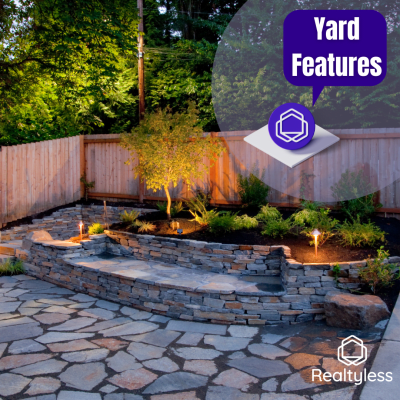
Yard Features
The yard can have a large impact on you and your dog’s happiness.
- Consider the size of the yard and outdoor area for your dog. Is there enough room to run around and play?
- Take a peek from the windows to check if you can keep an eye on your dog while inside.
- What kind of ground covering does the yard have? Is the yard covered in grass, left natural, or made with pavers or gravel?
- Are there trees and shade for relaxing?
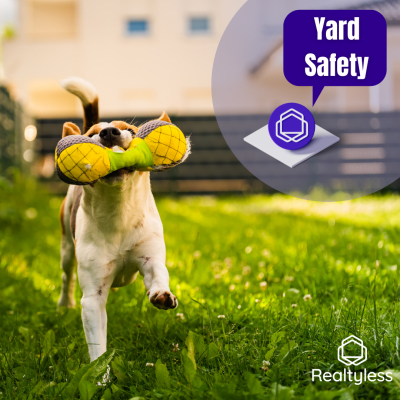
Yard Safety
The yard will be the primary outside area for your dog so it’s important to make sure the yard is safe and there’s room to play.
- Ask about the plants in the landscape. Some plants are poisonous to dogs. According to pet experts, the ten most poisonous plants for dogs are: Autumn Crocus, Azalea, Cyclamen, Kalanchoe, Lilies, Oleander, Dieffenbachia, Daffodils, Lily of the Valley, Sago Palm, Tulips and Hyacinths.
- Does the yard have a fence? What is the height of the fence and can your dog jump over it? Can a fence be installed if you need one? Don’t miss an invisible fence, ask the homeowner if one is installed.
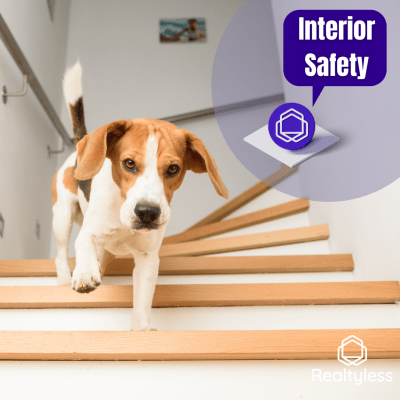
Interior Safety
The first interior item to consider is the safety of the home.
- Are there stairs in the home? Stairs can pose a risk for certain breeds of dogs and aging dogs.
- Consider the type of floor plan. An open floor plan may make it more difficult to block off certain areas the house from your dog.
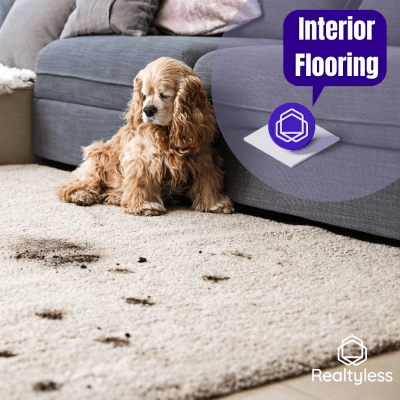
Interior Flooring
Consider your tastes, pet-appropriateness, and upkeep when evaluating the flooring of a future home.
- Many homes have carpeting and hard wood floors and while stylish and comfy, these flooring types may not be the best choice for dogs. Carpeting easily stains, collects dog hair and dander, and may be a refuge for pests like ticks or fleas. Hardwood flooring is high maintenance, prone scratches, and may be permanently damaged by water spills or accidents. If the home has carpeting or hardwood flooring in an area you plan to keep your pet, consider the cost and time it will take to care for these types of flooring.
- There are a lot of modern choices for flooring that are great for dogs. Great pet-friendly floors include: laminate, vinyl, tile, bamboo, and cork. These floors are fairly scratch-resistant and easy to clean.
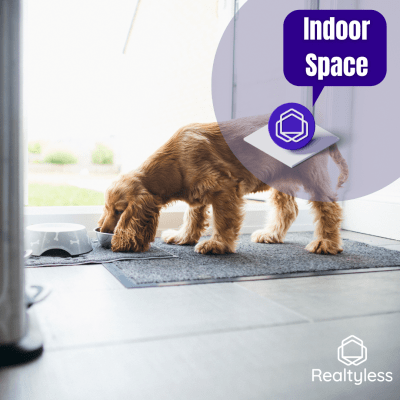
Indoor Space for Your Dog
Your dog needs a place indoors to relax and hang out. When looking at homes, look for a designated space for your dog.
- Where would your dog spend their time during the day?
- Is there an area to keep their bed/crate and food/water dishes?
- Is there an area to keep toys and pet supplies organized?
Final Considerations
There is a lot to consider when purchasing a new home for you and your dog. You may want to make a list of what is most important to you and the specific essentials your dog requires. Keep your list handy when searching for homes and don’t be afraid to ask the homeowner questions, research the area, and walk the neighborhood.